![[Group-0]-_MLR7262__MLR7272-11-images.jpg](https://steemitimages.com/DQmdRMobfFz5aKykHnBJNmf9GC1c2zzXy4gYipyjR5woM6m/%5BGroup-0%5D-_MLR7262__MLR7272-11-images.jpg)
With the advent of spring on the Kolyma, preparation for the washing season begins. At the end of March, beginning of April, the first gold miners come.
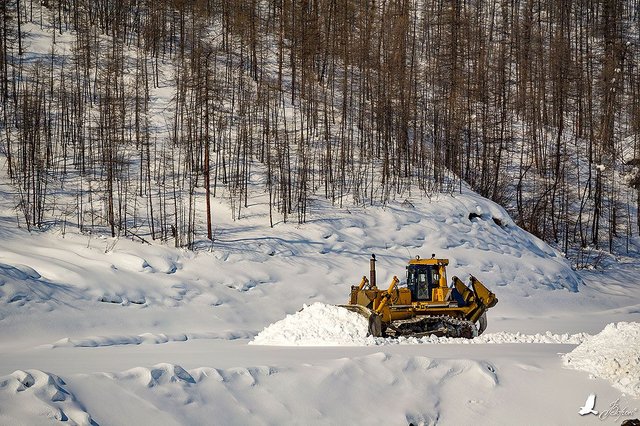
They are mechanics, bulldozers. With the beginning of spring, polygons are opened. Clear them from the snow, and then produce an overburden, removing heavy bulldozers topsoil until they reach the gold-bearing layer.
![[Group-10]-_MLR5469__MLR5484-16-images.jpg](https://steemitimages.com/DQmY1jozuy76pNSiVYbsNKWgZN85vmFtDvycE34sEYDy86d/%5BGroup-10%5D-_MLR5469__MLR5484-16-images.jpg)
Sometimes, to get to gold, you need to dig to a depth of 30 meters. This is a heavy routine work.
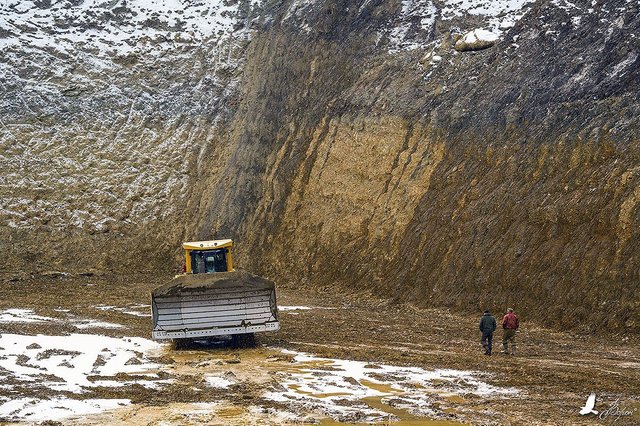
Spring comes to the Kolyma late. To start the extraction of gold, you need water, which appears in early May.
![[Group-8]-_MLR5336__MLR5339-4-images.jpg](https://steemitimages.com/DQmbTPijmeEKzPsNsQgwHs5n2sfEyJ1x3VPLN8P3JSz7oin/%5BGroup-8%5D-_MLR5336__MLR5339-4-images.jpg)
We have an artel named "Mayskaya". It received this name from the fact that it always gave the first gold on May 9 on Victory Day. This tradition has survived to this day.
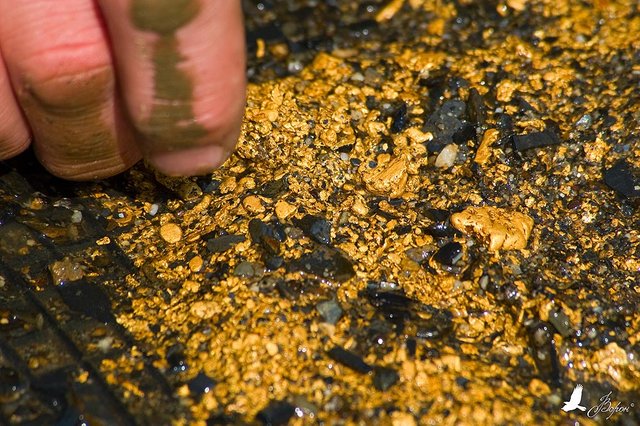

Gold mining is carried out in two shifts around the clock. Day and night, without days off, in the heat and cold. Season extraction of loose gold is very short and time is very expensive.
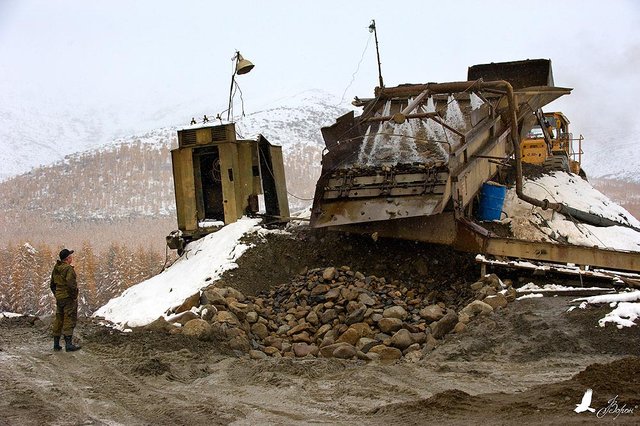
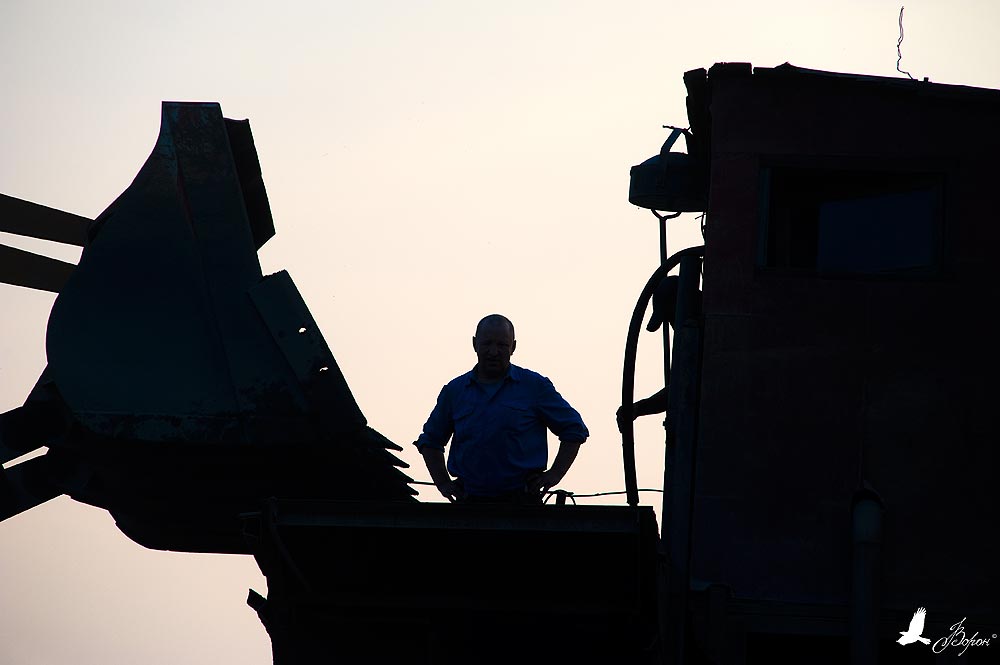
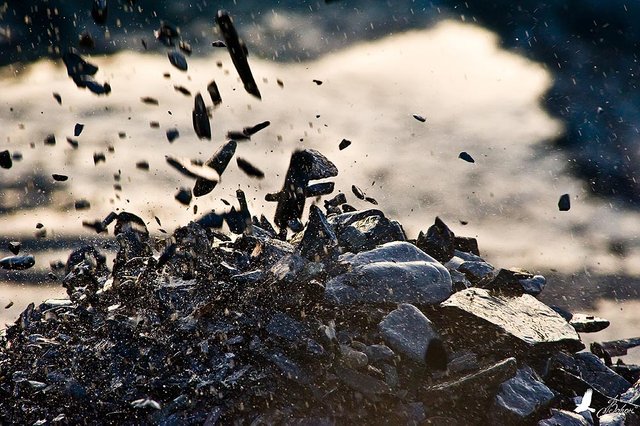
Every two weeks, day and night shifts change. In the shift the night shift has one day for rest.
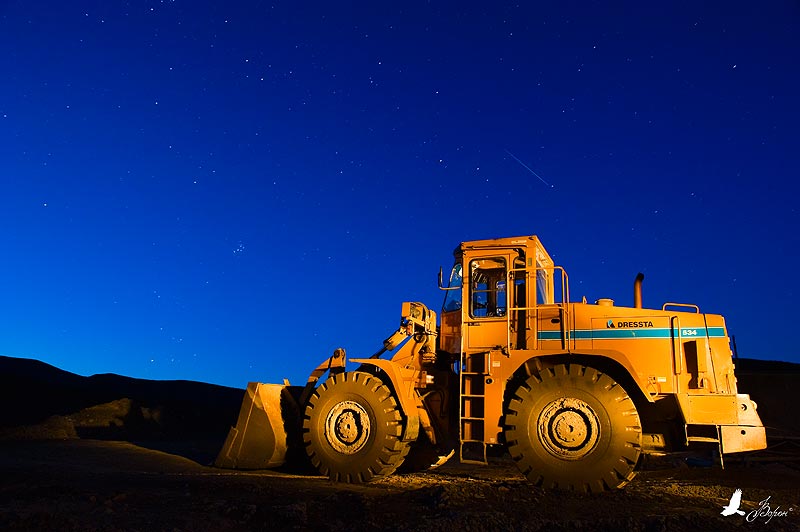
In summer, the bright time of the day in the North increases and comes the white nights. Sunset at 23:18? Please!
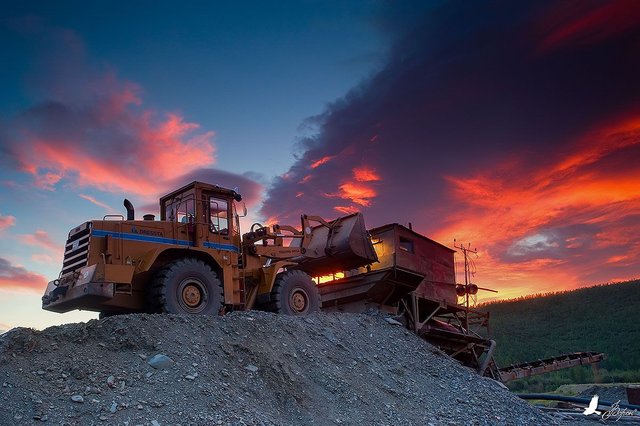
Day at the miners begins early in the morning, so at 6 am in the dining room preparing breakfast.
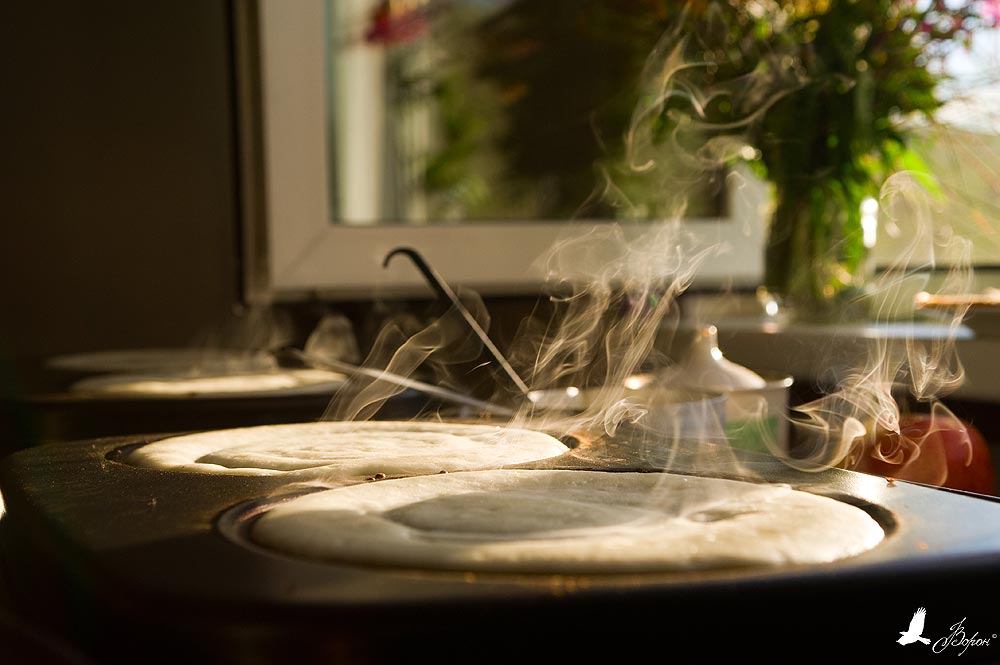
Lunch and dinner are generally royal. Cooks try to prepare very satisfying and tasty dishes.

The extraction of gold on the Utinaya River has been going on since the late 1920s and early 1930s.
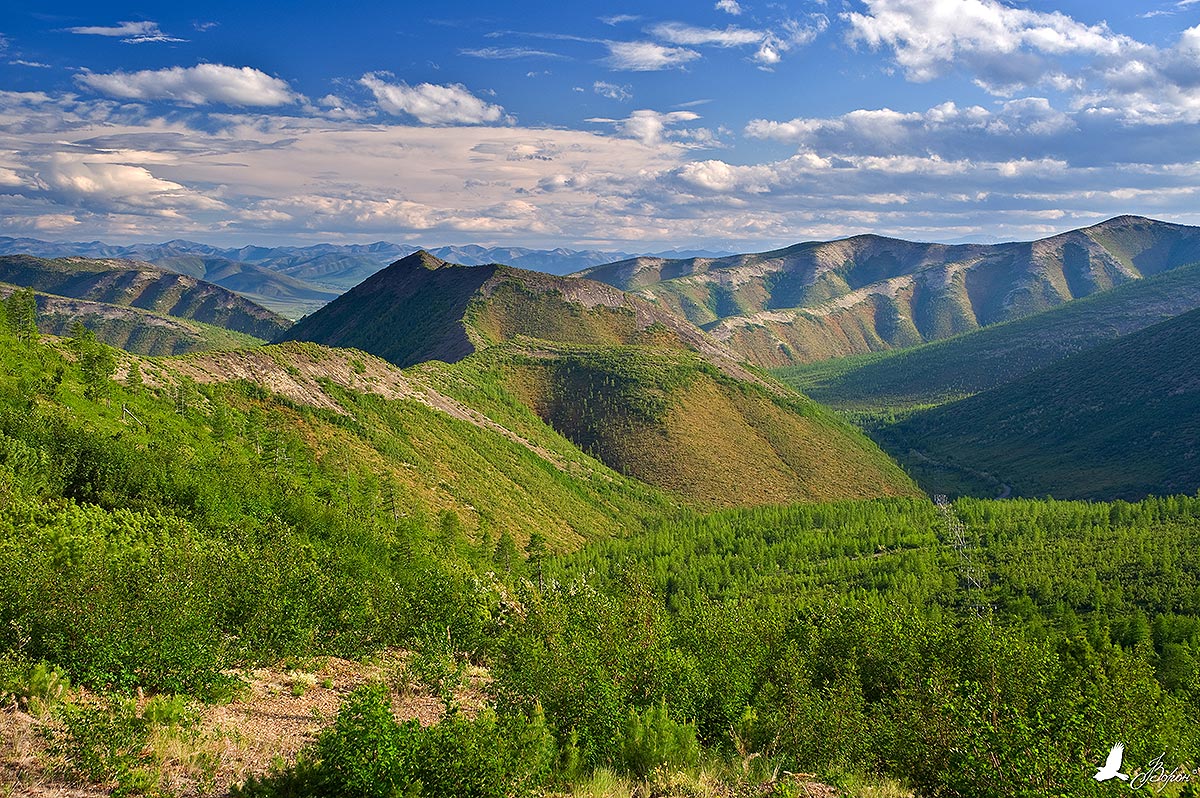
In Soviet times, gold was extracted here by prisoners and civilians. Extraction was conducted as ore, and loose gold. Until now, galleries dislodged by prisoners in the rock have been preserved.
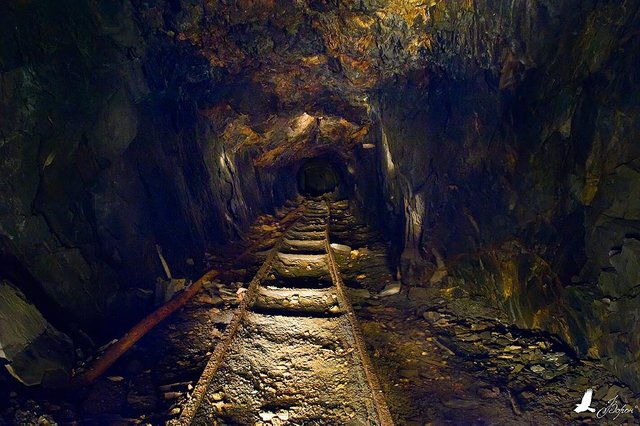
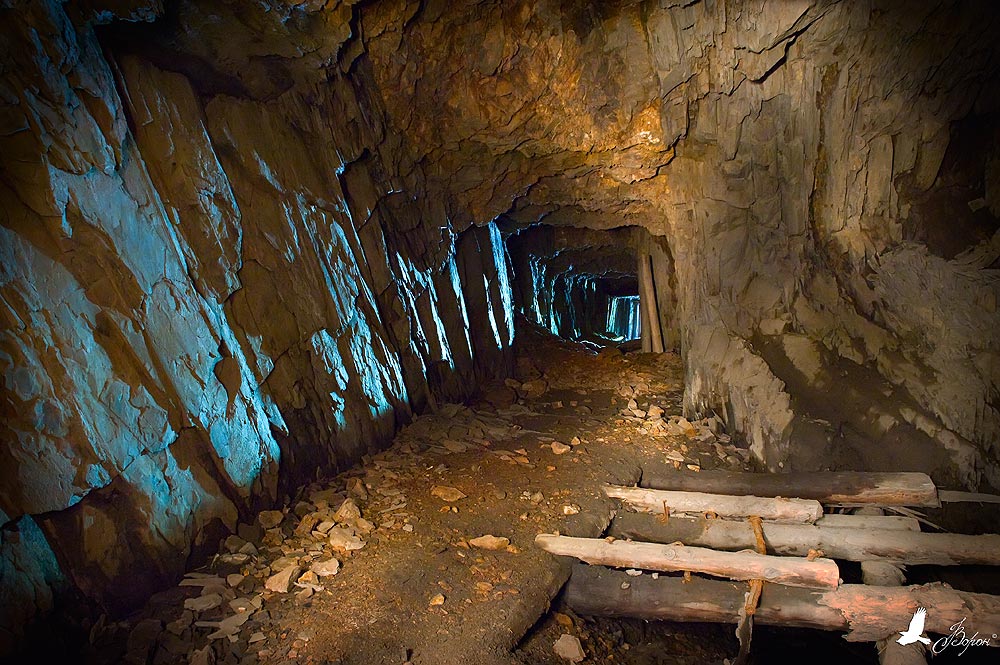
The ore from the galleries was transported on trolleys along rails. Rails and the remains of trolleys are still preserved. In places in the ground, you can still find old tools.
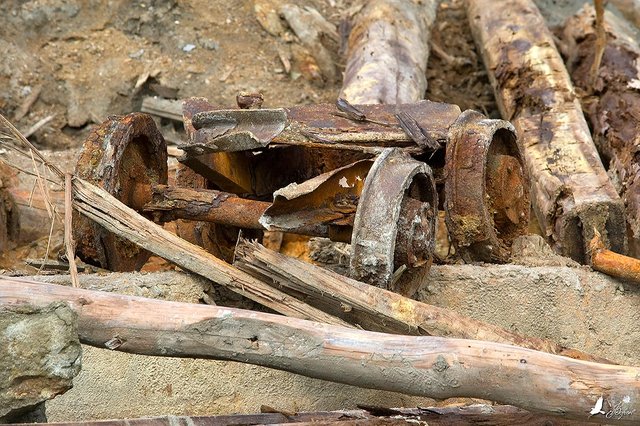
On the rails is clearly visible inscription with the name of the plant and the year of release of the rail. On the rail for short written: "Kuznetsk Metallurgical Plant named after Stalin in 1949"
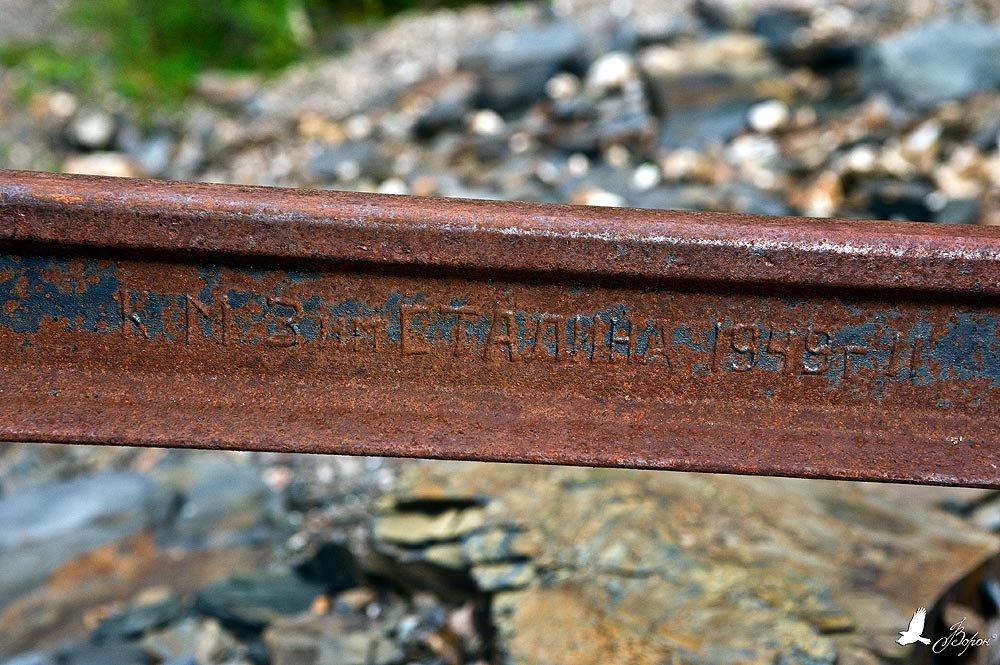
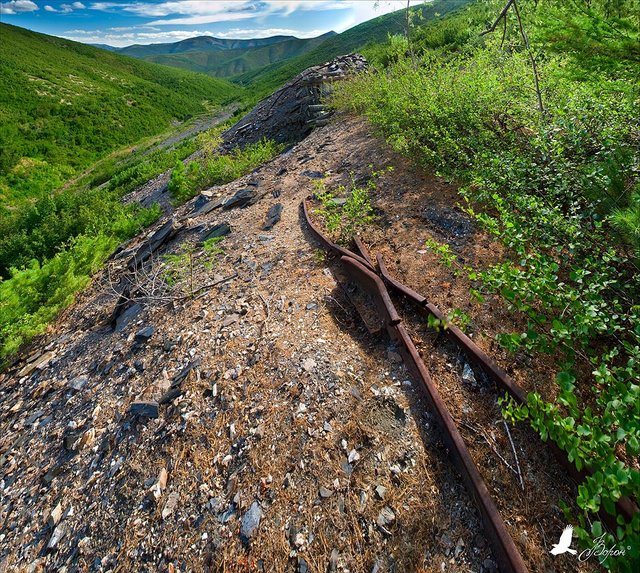
The rails led to a grid of ore deposits, from where a train of trolleys carried ore to a gold recovery factory.
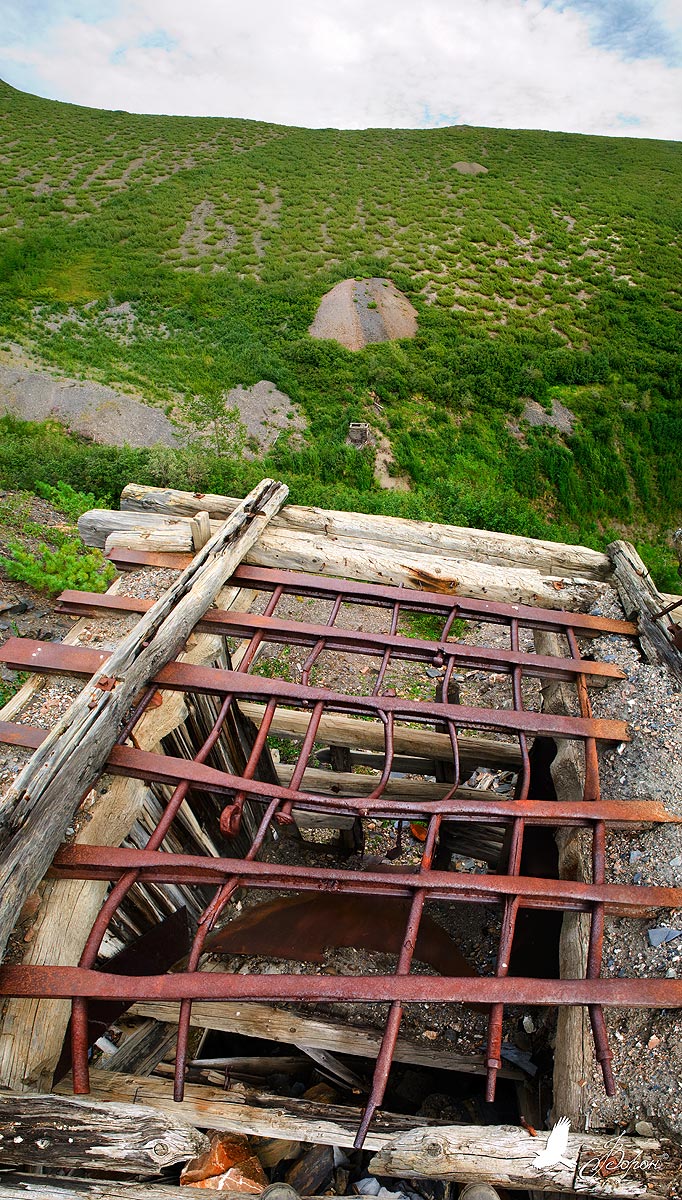

I found this pick in the ground after a bulldozer worked there. To the right of the pick are the cores, in which the ore was crushed at the factory. For the gold recovery plant, part of the equipment was supplied under the Lendlis contract from the USA.
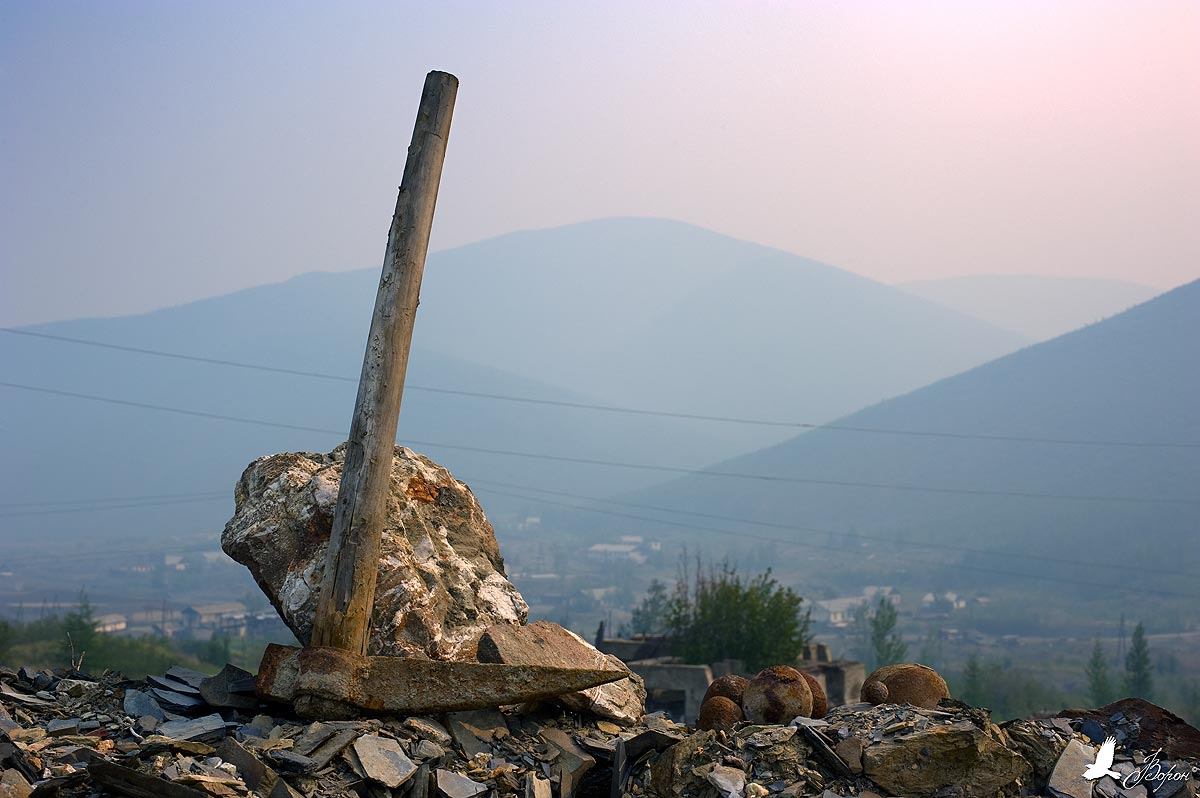
Almost 100 years here every year they extract gold. From early spring to the onset of frost, when the water begins to freeze in the deck.
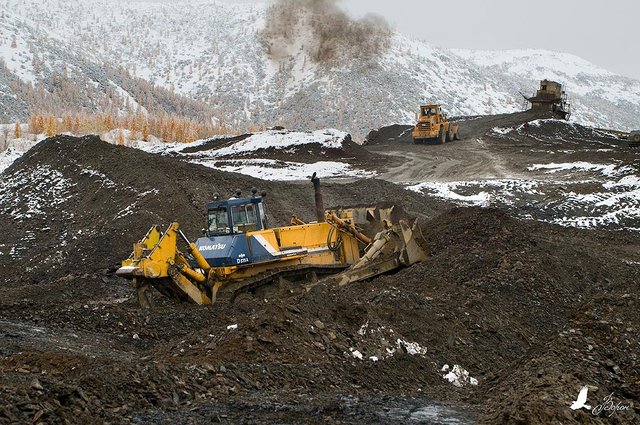
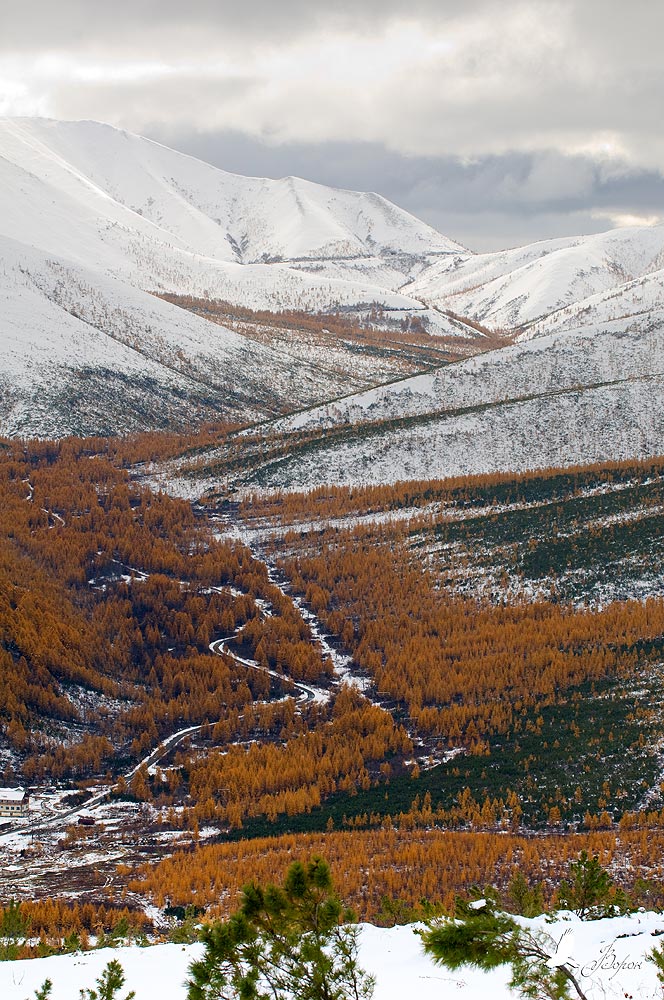
In the first decades, gold was mined by hand using wooden trays. When I was working on the jubilee photo album of the artel, I was given a photo of the first gold miners in the museum for restoration. The picture is dated in 1932.
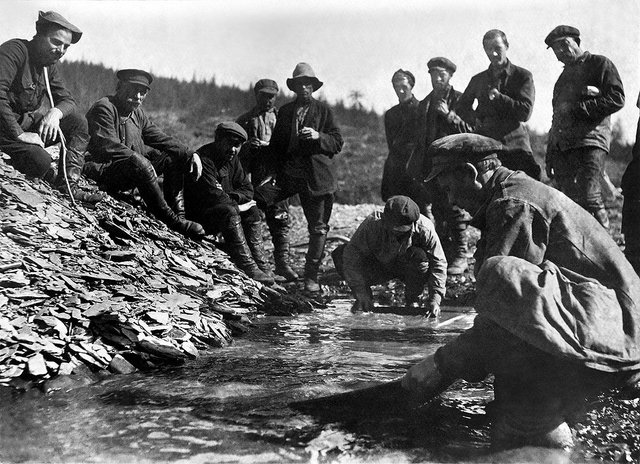
Now, manually, gold is cleared only in the storage facility, before it is transferred to the gold processing plant. Also, gold is taken from the deck manually. This occurs once a day.
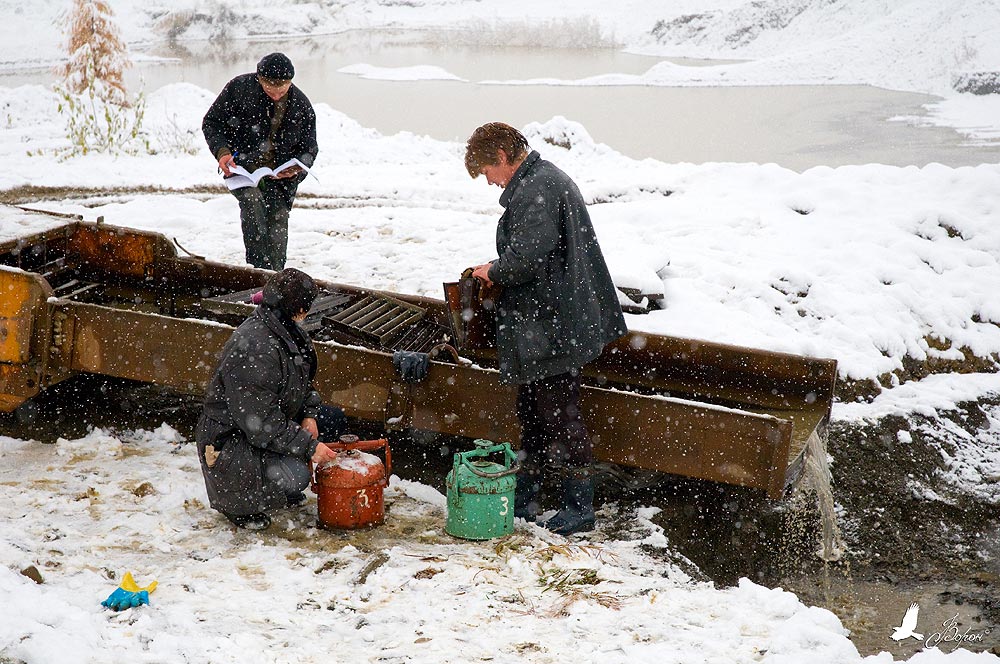
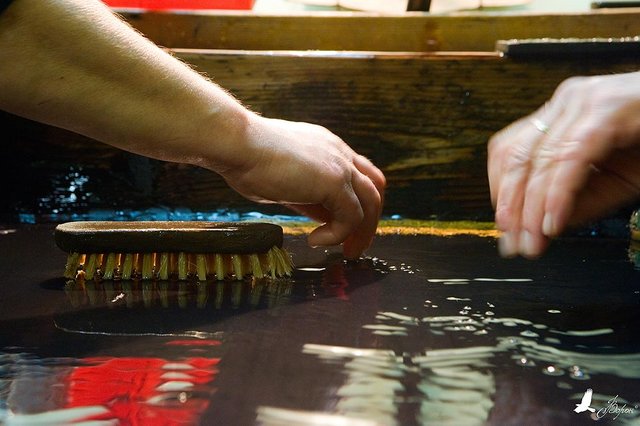
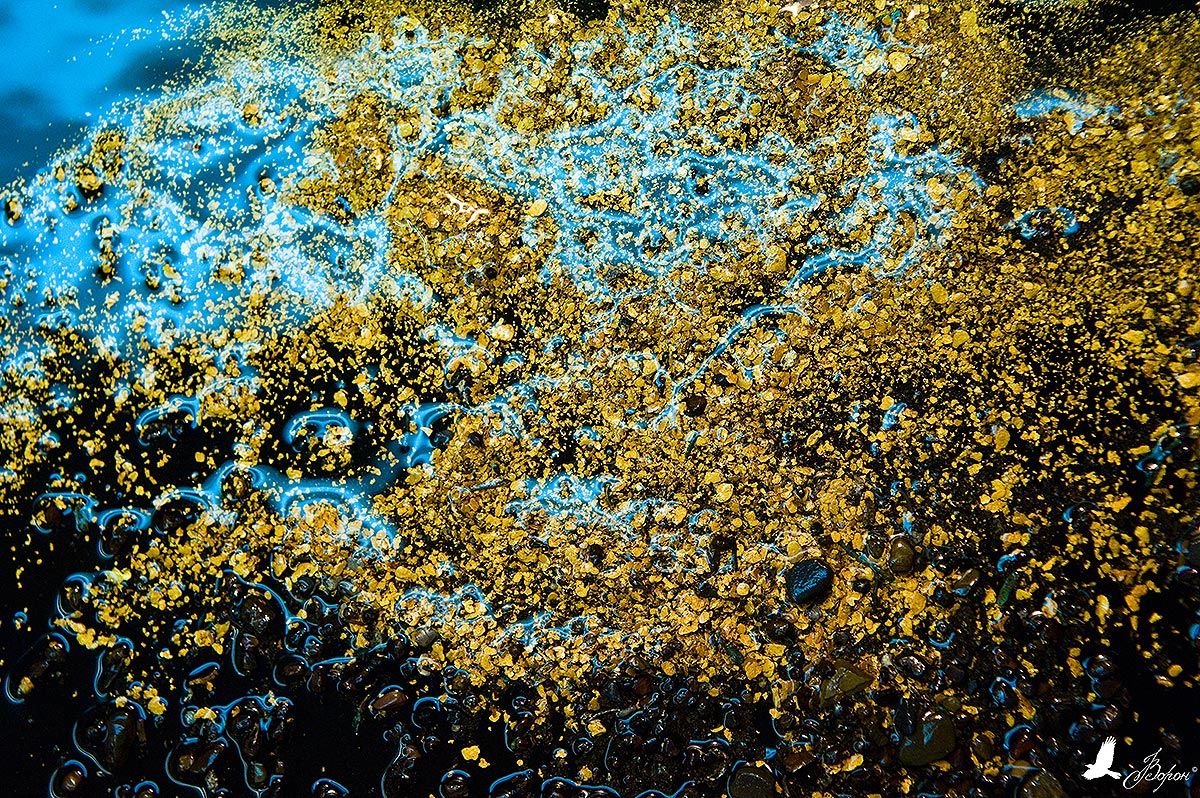
After purification, gold is cast into ingots with a probity of 999.9. Ingots weighing from 1 gram, up to 13 kg. Heavy :)
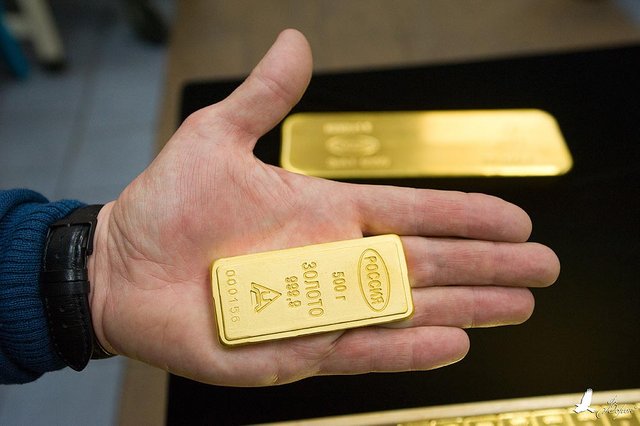
At the end of the season, the miners go home to their families, which they have not seen for more than six months. Bulldozers who work on overburden, remain for a month and prepare the training grounds for the next season.
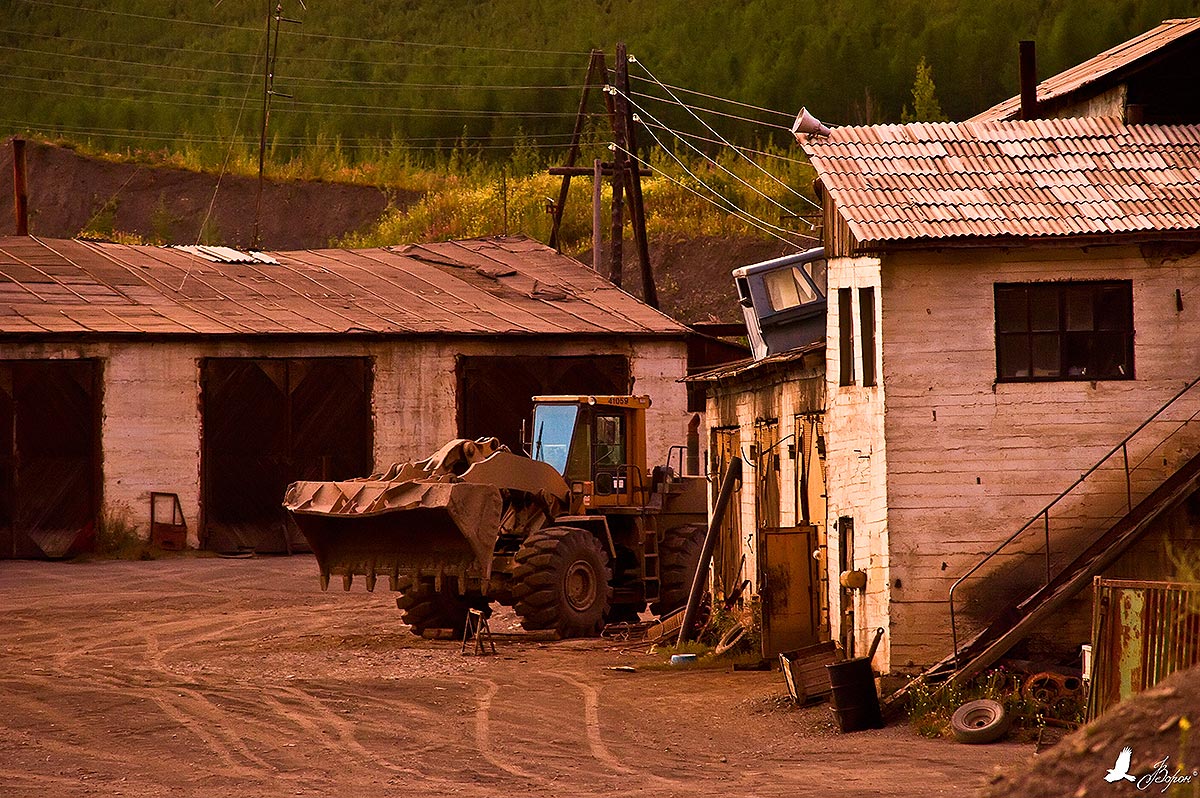
The inscription on the photo below: "The end of the film"
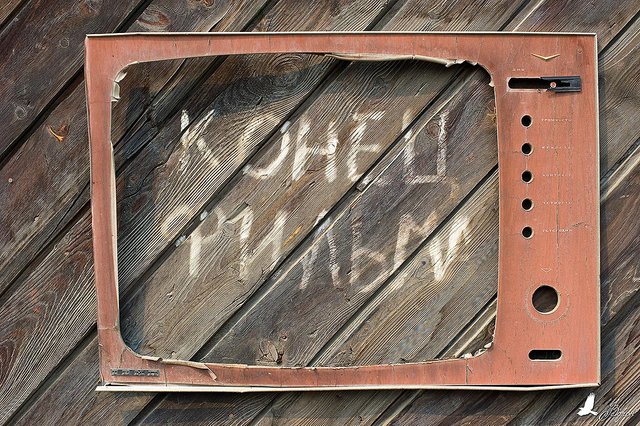
Alexey Voron.
Крутейшие фото! 8)
Downvoting a post can decrease pending rewards and make it less visible. Common reasons:
Submit